Moxibustion
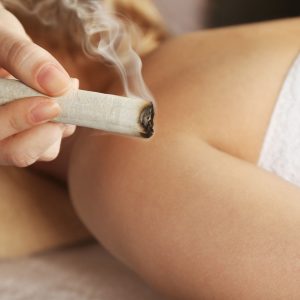
Moxibustion is a form of therapy that entails the burning of mugwort leaves. This is a small, spongy herb that is believed to enhance healing with acupuncture. The leaves are burnt close to the skin’s surface using a stick to apply heat. Its purpose is to strengthen the blood, stimulate the flow of Qi or energy, and maintain good health. An increase in the circulation of Qi can help your body deal with a broad range of issues, including digestive issues and chronic pain.
Moxibustion is founded on the belief that blockages in the flow of energy lead to mental and physical health problems. Because of this, it’s used to treat back pain, arthritis, headaches, migraines, muscle stiffness, tendinitis, fatigue, infertility, menstrual cramps, digestive issues and more.
Cupping
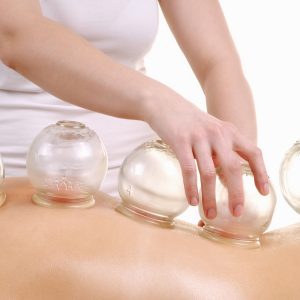
Cupping is a type of alternative therapy that involves placing cups on the skin to create suction. This suction is thought to improve the flow of energy in the body and facilitate healing.
The suction helps facilitate the flow of “qi” in the body. Cupping helps balance yin and yang, or the negative and positive, within the body. Restoring balance between these two extremes helps with the body’s resistance to pathogens as well as its ability to increase blood flow and reduce pain. Cupping increases blood circulation to the area where the cups are placed. This relieves muscle tension, improves overall blood flow, promotes cell repair, aids in reducing inflammation, and increases the flow of lymph in the lymphatic system.
Tui Na
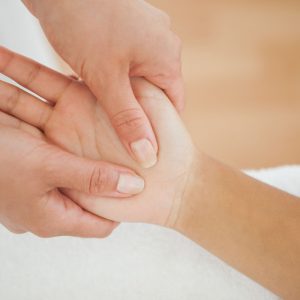
Tuina or tui-na (pronounced twee-nah) massage originated in ancient China and is believed to be the oldest system of bodywork. It’s based on the theory that imbalances of qi, which is the body’s vital life force or energy, can cause blockages or imbalances that lead to symptoms such as pain and illness. Tuina massage stimulates the flow of qi to promote balance and harmony within the body using many of the same principles of acupuncture.
It’s similar to acupuncture in the way it targets specific acupoints, but practitioners use fingers instead of needles to apply pressure to stimulate these points. Tuina massage is often used in combination with acupuncture.
Similar to acupuncture, tuina massage uses the same energetic meridians and acupoints to balance the qi and blood in your body, leading to better health. Qi that’s flowing incorrectly can cause blockages, such as poor blood circulation in the affected area. The main therapeutic goal of tuina massage is to remove the energetic blocks that are causing qi stagnation.
GuaSha
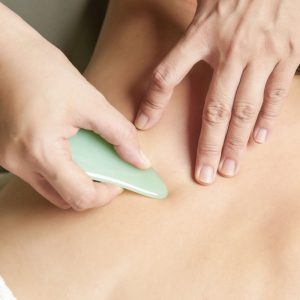
Gua sha is a natural, alternative therapy that involves scraping your skin with a massage tool to improve your circulation. This ancient Chinese healing technique may offer a unique approach to better health, addressing issues like chronic pain.
In gua sha, your skin is scraped with short or long strokes to stimulate microcirculation of the soft tissue, which increases blood flow. These strokes are made with a smooth-edged instrument known as a gua massage tool. A lotion or salve is placed on your skin, and then the tool is used to repeatedly scrape your skin in a downward motion.
Gua sha is intended to address stagnant energy, called Qi, in the body that may be responsible for inflammation. Inflammation is the underlying cause of several conditions associated with chronic pain. Rubbing the skin’s surface is thought to help break up this energy, reduce inflammation, and promote healing.
Gua sha may reduce inflammation, so it’s often used to treat ailments that cause chronic pain, such as arthritis and fibromyalgia, as well as those that trigger muscle and joint pain. Gua sha may also relieve symptoms of other conditions such as migraine headaches, neck pain, insomnia, anxiety, fatigue, irregular periods, peri menopausal symptoms.
Japanese Acupuncture
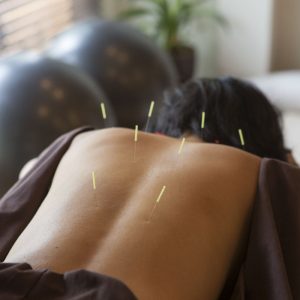
Japanese acupuncture is a very useful technique for patients who are put off by the thought of needles, and is suitable for children and elderly patients. Japanese acupuncture helps to relieve stress, fatigue, anxiety, depression, insomnia, migraine, knee or back pain, as well as gastric problems and even infertility.
The needles used in this technique are smaller and more delicate than the Chinese needles, and it is practically painless because the insertion of needles is more gentle and superficial. It is not uncommon for a patient to feel no needle sensation whatsoever throughout an entire treatment.
The methods used during Japanese style acupuncture include a strong emphasis on touch. Both radial pulse and abdominal palpations are used in diagnosis. In addition to using abdominal palpation and as a key diagnostic tool, Japanese style uses palpations of specific points prior to treating to establish the correct treatment plan, by holding a finger on an acupuncture point while simultaneously pressing another part of the body to see if it alleviates symptoms in that area. A natural outcome of this approach is that there tends to be a lot of interaction with the patient.
Orthopedic Acupuncture
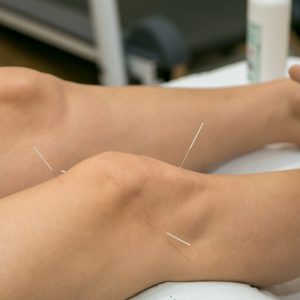
An Orthopedic acupuncture approach focuses on sports and performance injuries, myofascial and trigger point release techniques, and postural realignment. It assists with the treatment of pain, soft tissue injuries, postural imbalances and other general disorders.
Orthopedic Acupuncture is a combination of using traditional acupuncture point location with trigger points to address the injury. Conditions such as arthritis, tendonitis, ligament tears, arthroscopic surgery, repetitive stress or postural stress pathologies, nerve pain, trauma injuries and many more chronic or acute conditions can be treated with orthopedic acupuncture.
